I grow peas almost all year long, they are one of the first things I plant every spring, I’m probably not alone there either. I also grow pea shoots under grow lights in the winter. After all that I still can’t get enough, did you know you can plant a second crop for a fall pea harvest?
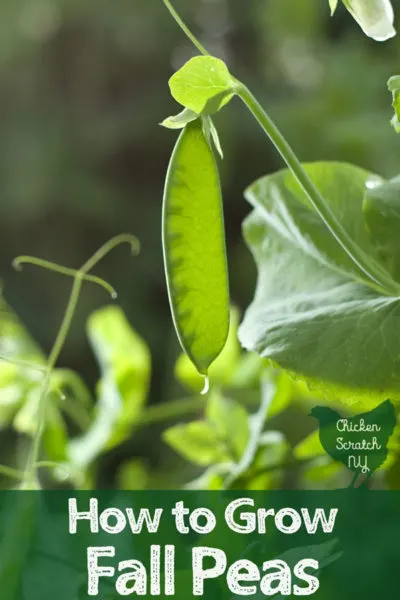
It’s not much different than growing peas in the springtime but there are a few big differences to keep in mind.
When to Plant Fall Peas
In order to get a good fall harvest of peas you need to start the plants pretty early. The seed folks at Johnny Seeds recommend late June through July for my area. If your first fall frost hits around October 1st you’re in the same boat as me. Check out this chart from The Farmer’s Almanac for more information on dates.
This year I grew Sugar Daddy (66 days) and Oregon Sugar Pod II (60 days) in my garden. They’re both shorter varieties that don’t require trellising.
This spring my kids helped me with the planting and… they’re everywhere. The two varieties are in a single row, growing together like one happy family.
If life was easy and gardening didn’t require math you would think an August planting would work out just fine based on the 60 days.
Unfortunately, it’s not quite that easy. After the summer solstice or the longest day of the year (June 21st) the days start to get shorter. For the plants that means less time for growing. At first, it’s not that big of a deal but as time goes on it matters a lot.
To accommodate for that you need to give the peas a longer window until harvest. A general rule is to add 10 days, so now my Sugar Daddy peas take 76 days and my Oregon Sugar Pod take 70.
Usually, peas are pretty hearty beasts and can take the spring chill, most are good unless you get a few consecutive days in the teens. But (you knew that was coming) plants that grow in the summer aren’t as cold hardy.
In upstate NY we have had predictably unpredictable weather, especially in the last few years. We can usually count on a brief cold snap followed by a few weeks of cool but survivable weather.
If I can get my fall peas through the night or two of freezing I’m usually good for another few weeks. In a pinch, you can use a sheet but they make fancy agricultural fabric for covering plants and keeping them toasty.
One great thing about peas is they don’t need a pollinator! It’s all done internally so you don’t have to worry about a lack of buzzing friends holding back your harvest.
It is worth noting that you’ll have a smaller harvest in the fall than you can expect in the spring. However, peas are legumes and they do add some nitrogen back to the soil so if you’ve got the space they aren’t a bag choice.
The rhizobium bacteria live in the root nodules of the pea plants and convert atmospheric nitrogen to usable fertilizer. This relationship breaks down when the temps drop but it was good while it lasted right?
Which Peas to Plant in the Fall
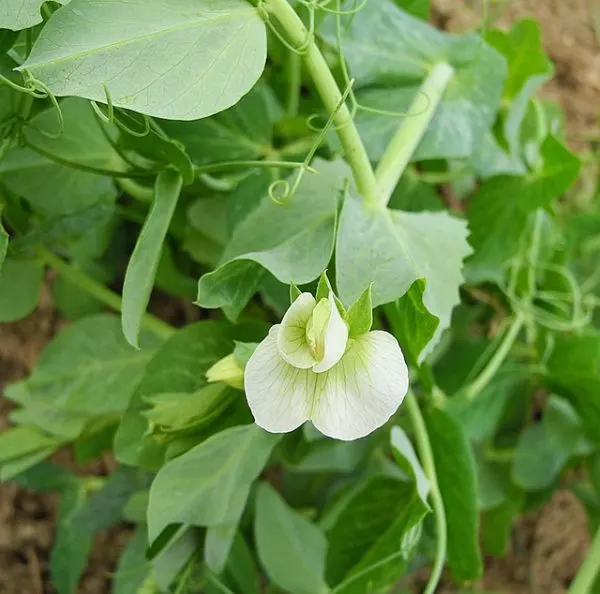
I grow a lot of things but I’ve never bothered to grow shelling peas. While I enjoy eating them I’ve never found it worthwhile. I don’t have a large garden and there are other things I’d rather put in the space.
Shell peas also take longer to reach maturity. And since you’re waiting on the peas inside the shell it’s an all-or-nothing game.
My favorite type of peas are snow peas or the flat ones you get in a stir fry. This year I grew Oregon Sugar Pod II. Let me tell you, those are some good peas.
The only other peas I grow are snap peas or edible pod peas. Both snap peas and snow peas can be eaten at any time and are more forgiving with timing.
If you’re set get a hard frost you can just pick the rest, even the little ones. Hey might lack a little in flavor but it’s better than watching the whole crop die a week before thy make it to the dinner plate.
Look for short varieties with less than 60 days to maturity. Short types are going to be easier to cover if you have to, and honestly not having to deal with another trellis is a plus in my book.
Discover 4 Types of Peas to Plant in your Vegetable Garden
How to Plant Fall Peas
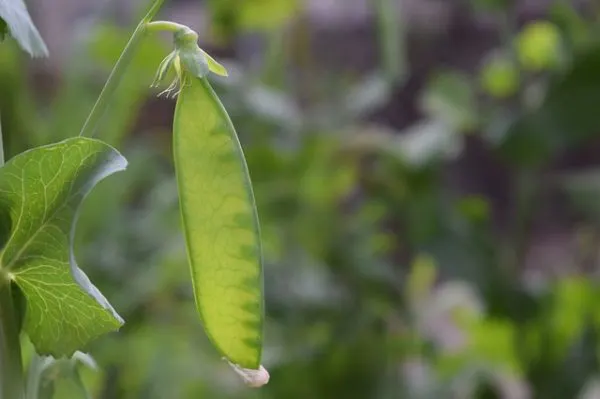
You can plant fall peas exactly the same way you plant spring peas and you’ll probably be fine. You’ll have some better luck if you follow a few of these tips.
1. Soak the peas before planting. You can obviously soak your spring planted peas but it’s so wet here in the spring that usually don’t bother. I was late this year so I did soak them to give them a head start.
In the summer the ground doesn’t have all that melted snow soaking in and it’s probably not raining constantly. You’ll have better germination rates and faster growth if you start with soaked peas.
2. Peas germinate best in soil around 75 degrees. Obviously, they’ll still come up when the soil is cooler but it’ll take longer. Likewise, you want to avoid soil that’s much warmer than 75.
Shade the area and water it well before planting or plant them when you’re forecast for a few cool, rainy days.
3. Water, water, water. Peas are really happy in the spring because they like cool soil and lots of water. Hot weather means dry soil.
4. Mulch the pea plants. I talked all about how awesome mulch is in my post on weeding your garden but basically, it keeps the soil cool and slows down water evaporation.
I hope you’ve found this in time to add another crop of peas to your garden this year!
Check out my Vegetable Garden page for more ideas or start here:


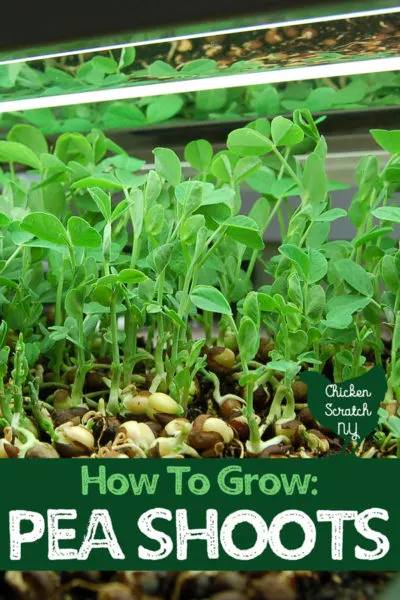
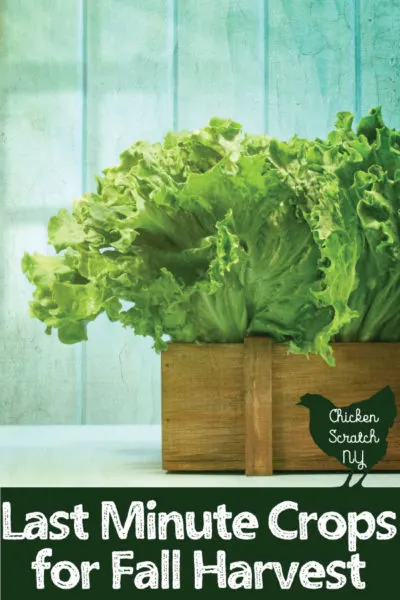
Debra Gauger
Friday 8th of July 2022
I’m from Hannibal ,near Fulton, Oswego area and. Your info seems digestible for me.